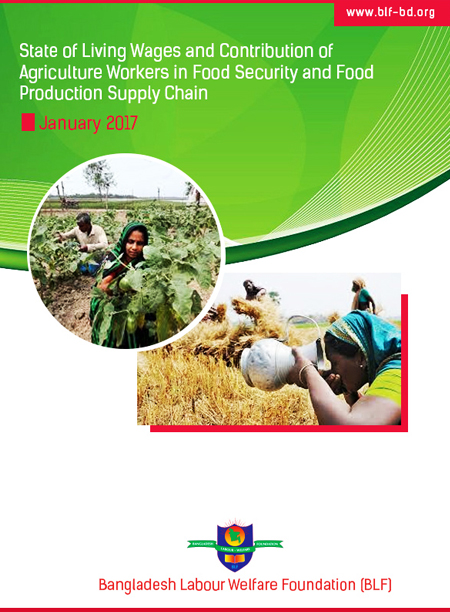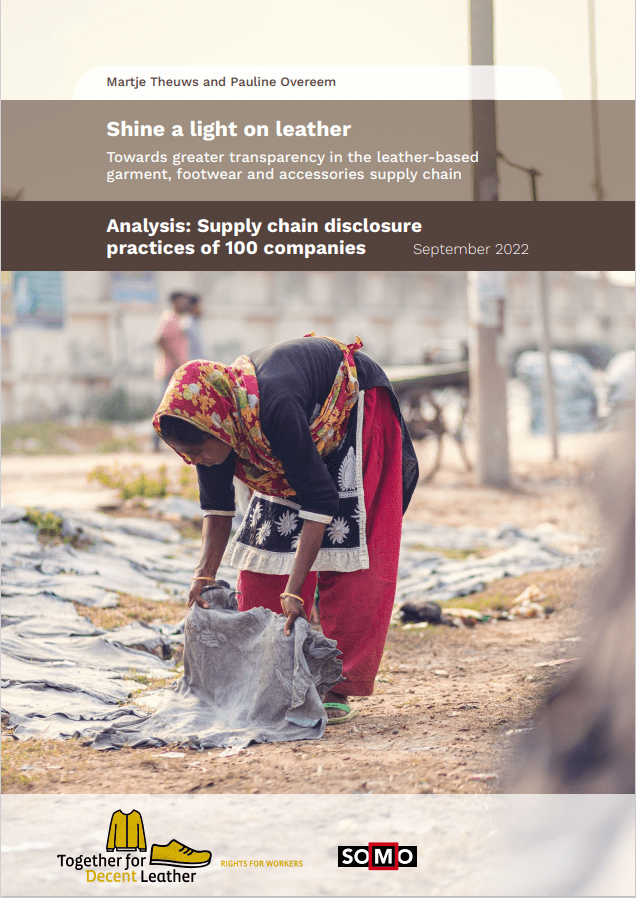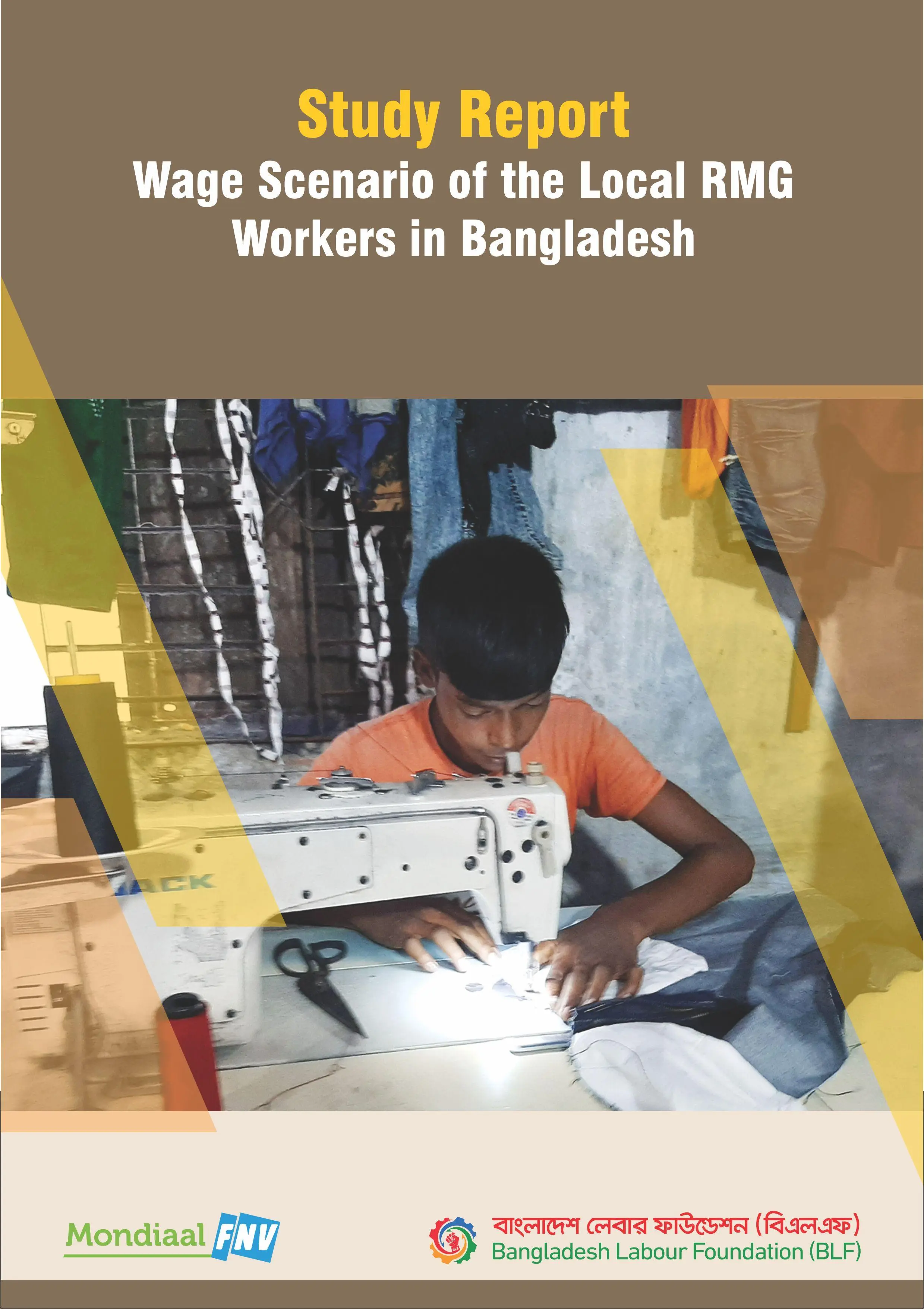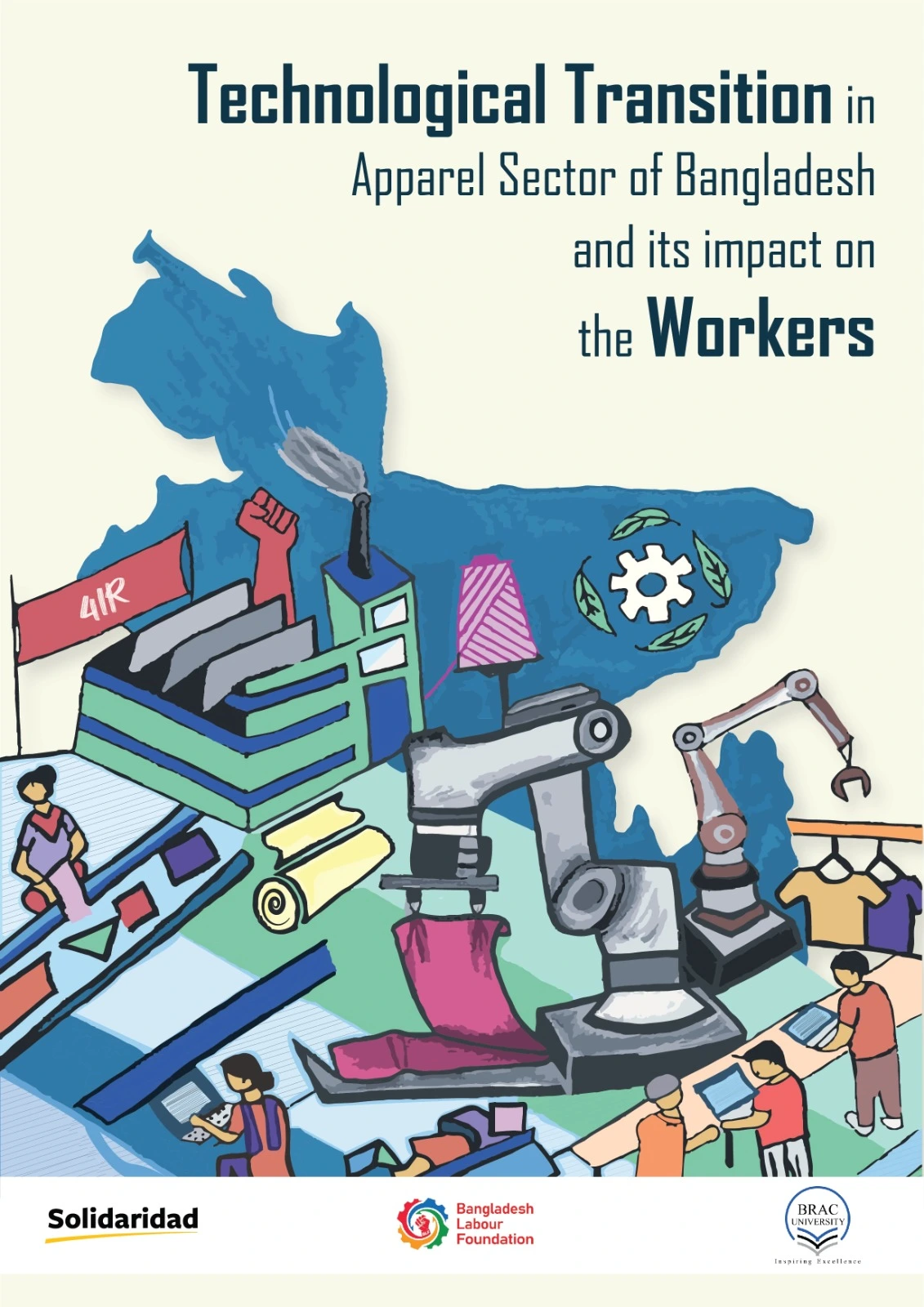The study explores the plight of agricultural laborers in Bangladesh, focusing on the structural constraints and exploitative production relations that trap them in poverty. It highlights low wages, seasonal unemployment, lack of land ownership, and minimal labor rights as major issues that hinder their socio-economic progress.
Research & Study
Agriculture Labourers of Bangladesh: Entrapped in Unviable Production Relations
March, 2014
The study explores the plight of agricultural laborers in Bangladesh, focusing on the structural constraints and exploitative production relations that trap them in poverty. It highlights low wages, seasonal unemployment, lack of land ownership, and minimal labor rights as major issues that hinder their socio-economic progress.
Background
Agriculture is the largest sector of employment in Bangladesh and remains the predominant sector in terms of employment and livelihood. It is difficult to define agriculture labour like industrial labour. With rapid rural to urban agricultural workers and has commissioned study to explore the status of agriculture workers of Bangladesh. migration, absentee land ownership has been growing. The medium and large land owners are leaving farming as agriculture is not profitable due to high cost of input and low cost of crops. The agriculture labourers are most neglected in society; seasonal unemployment, underemployment, irregular employment, low wage, seasonal hunger and poverty are manifested in the daily lives and livings. They are excluded from labour rights, education, health and basic social services. They are trapped in unequal social relation that there is no or very limited opportunity for upward social and economic mobility. The agricultural laborers are both extreme and chronic poor. So far, no successful initiatives taken at national level towards organizing the workers in this sector. FNV through its two partners Bangladesh Labour Foundation (BLF) and OSHE, is planning to support a program (pilot) to initiate organizing of
Objectives
- Assess the economic and social conditions of agricultural laborers in Bangladesh, identify the structural constraints that limit their earnings and livelihood opportunities.
- Analyze the impact of land tenure systems on laborers' economic stability & explore policy gaps.
- Recommend measures to improve their working condition and highlight the role of labor organizations in advocating for their rights.
Key Findings
- A majority of agricultural laboUrers do not own land, making them dependent on landowners for employment. Seasonal fluctuations in agricultural work lead to unstable incomes and food insecurity.
- Agricultural workers are often paid below subsistence wages, with no fixed contracts or job security. Landowners and middlemen exploit labourers through bonded labor practices and delayed payments.
- Women agricultural labourers earn significantly less than men despite working similar hours. Child labour is prevalent, with young boys and girls working to support family incomes.
- Existing labour laws fail to adequately protect agricultural workers, as most policies focus on industrial laborers. Social safety nets such as food assistance and rural employment programs are insufficient and poorly implemented.
Recommendations
- Implement land redistribution programs to ensure fair access to land for landless laborers. Strengthen legal protections for tenant farmers to prevent evictions and exploitation.
- Introduce minimum wage regulations for agricultural workers, ensuring wages cover basic living expenses. Enforce written contracts for laborers to guarantee job security and prevent unfair dismissals.
- Expand food security programs, healthcare benefits, and unemployment support for seasonal labourers. Improve access to microfinance and agricultural credit for rural workers.
- Ensure equal wages for female workers and implement programs to support rural women’s education and employment. Strengthen laws against child labour and provide alternative education and vocational training for children.
- Promote agricultural labour unions and provide legal support to protect workers' rights. Increase awareness programs about labour rights and encourage collective bargaining efforts.
The study emphasizes that agricultural laborers in Bangladesh remain trapped in an exploitative and unsustainable production system. Without structural reforms, fair wages, and improved labor rights, their economic and social conditions will continue to deteriorate. The paper calls for urgent government intervention and policy changes to ensure a more just and equitable labor environment in rural Bangladesh.

Publication Details
Date: March, 2014
Contact
Bangladesh Labour Foundation (BLF)
107 Bir Uttam C.R. Datta Road
Dhaka – 1205
Bangladesh






